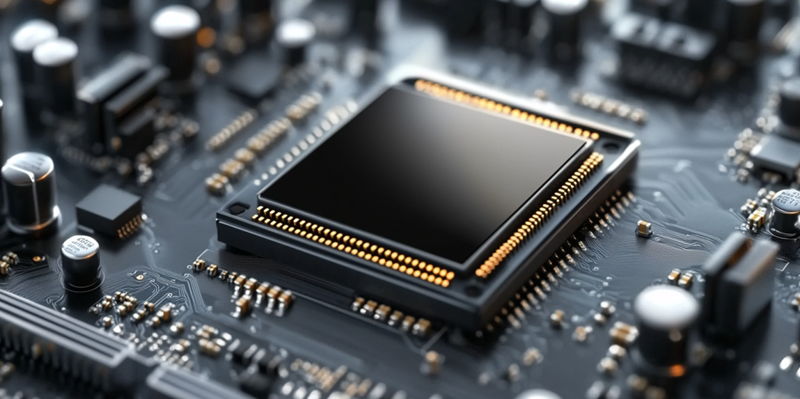Intel is poised to make a significant shift in its CPU architecture naming conventions with the upcoming release of its next-generation Xeon processors, particularly focusing on the Diamond Rapids series. Since the 1990s, Intel has been using the Family 6 CPU ID for its processors, including recent chips like Emerald Rapids and Meteor Lake. This long-standing convention will soon come to an end as Intel transitions to a new Family 19 ID, beginning with the Diamond Rapids Xeon CPUs. The change was revealed through a recent Linux patch note, marking a notable milestone in Intel’s architectural strategy. This transition underscores Intel’s continuous innovation and adaptation in the face of an ever-evolving technology landscape.
Introduction of Panther Cove X and the Shift in Architecture
Central to this monumental shift is the introduction of the Panther Cove X P-core architecture, which will be the foundation for Diamond Rapids. Expected to launch around 2026, Panther Cove X will replace the current Granite Rapids architecture, which has just been introduced. This new development follows Intel’s typical cadence of technological advancements, maintaining its historical trend of consistent innovation. Diamond Rapids, with its Family 19 ID, signifies a departure from the Family 6 lineage that has characterized Intel’s processors for decades. This new classification will introduce a new era of processing power and efficiency, designed to meet the evolving demands of modern computing environments.
Meanwhile, Intel plans to release Panther Lake, a mobile CPU, in 2025. Panther Lake will still fall under the Family 6 classification, further differentiating it from the upcoming Diamond Rapids. This dual-path strategy highlights Intel’s commitment to catering to diverse market needs while phasing out older nomenclature. By keeping Panther Lake within the Family 6 ID, Intel ensures a smooth transition for mobile CPU users who may not immediately require the advanced features of the Diamond Rapids series. This approach allows Intel to strategically manage its product lifecycle, ensuring that each segment of its customer base is adequately served during this period of architectural transition.
Tony Luck’s Clarification and Timeline
Intel employee Tony Luck clarified the significance and timing of the Diamond Rapids transition in an email posted on Twitter. According to Luck, the emergence of Diamond Rapids will likely align with the ramp-up of Intel’s 18A process technology. This alignment not only reaffirms Intel’s commitment to cutting-edge innovation but also places the upcoming Xeon processors squarely in the context of strategic technological advancements. The timeline outlined by Luck indicates that the 18A process technology will bring enhanced performance and efficiency, positioning Intel to better compete in the high-performance computing market.
Additionally, the ramp-up of this advanced process technology coincides with the introduction of Clearwater Forest, another next-generation Xeon series featuring E-cores, expected to debut before the P-core Diamond Rapids. The Clearwater Forest series is anticipated to pave the way for Diamond Rapids, setting the stage for a seamless transition to Family 19. This two-pronged approach speaks to Intel’s broader strategy of rolling out innovations across different segments of its processor lineup. By alternating the introduction of P-cores and E-cores, Intel can continually enhance its offerings while addressing the specific needs of varied computing applications, from enterprise servers to mobile devices.
Broader Implications and Market Positioning
Intel is on the verge of making a notable change in its CPU architecture naming conventions with the launch of its next-generation Xeon processors, emphasizing the upcoming Diamond Rapids series. For over three decades, starting in the 1990s, Intel has consistently used the Family 6 CPU ID for its processors, covering recent models like Emerald Rapids and Meteor Lake. However, this long-standing tradition is set to end as Intel plans to transition to a new Family 19 ID, starting with the Diamond Rapids Xeon CPUs. This major shift was unveiled through a recent Linux patch note, signifying a pivotal moment in Intel’s architectural strategy. The move illustrates Intel’s ongoing commitment to innovation and its ability to adapt to the rapidly changing technology landscape. As the tech giant navigates these changes, it aims to stay at the forefront of the industry, continuously evolving its products to meet modern demands. This shift not only marks a new chapter in Intel’s legacy but also reinforces its role as a leader in technological advancements and processor development.

